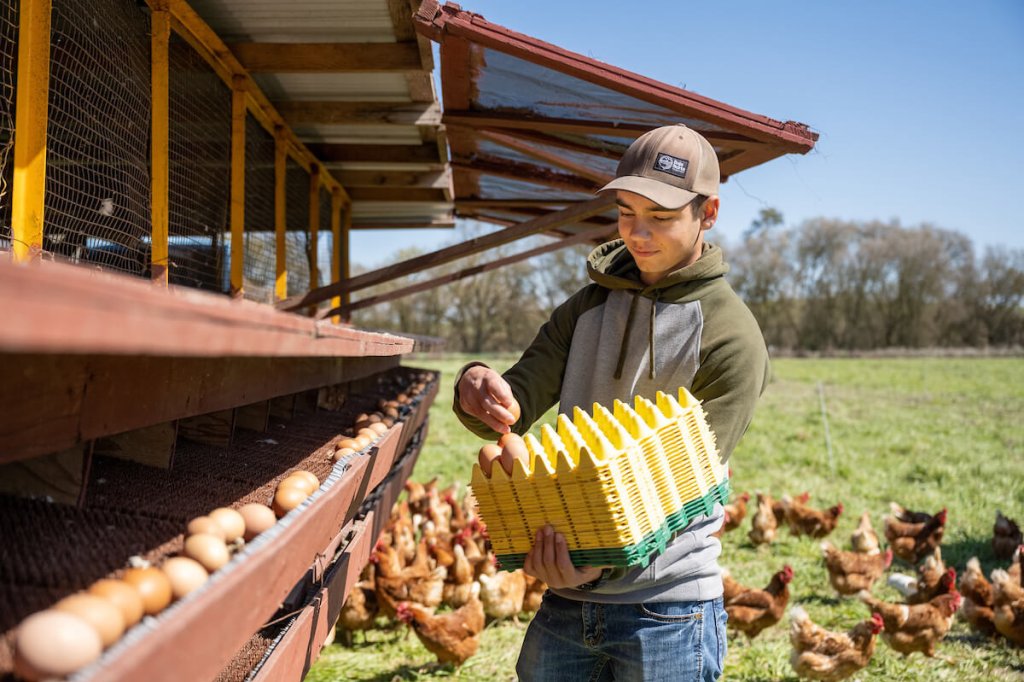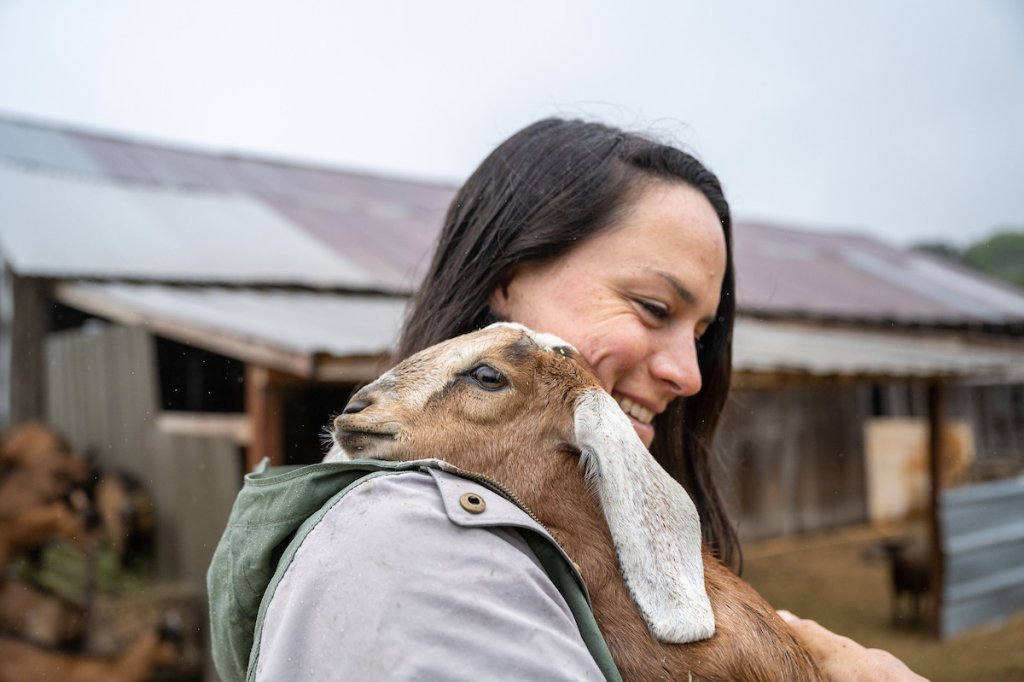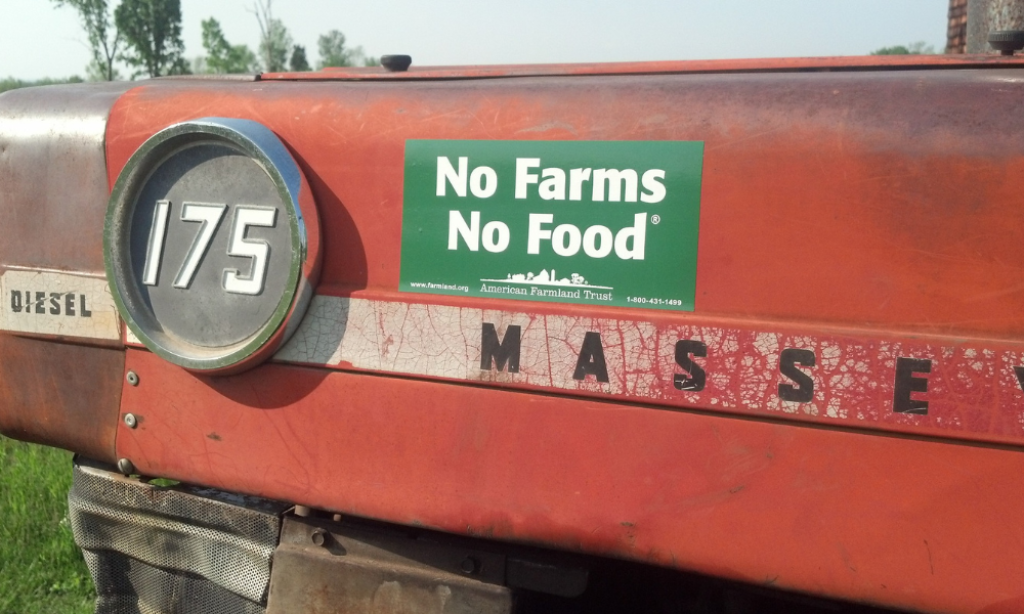The process is called soil C sequestration and our farmlands and ranchlands have great capacity to do it
American Farmland Trust’s president, John Piotti, was out early with a statement on the IPCC release of the “Climate Change and Land” report, saying, “The good news is that agriculture and natural and working land solutions in themselves offer the most promising possibility to save our society providing ‘cost-effective, immediate, and long-term benefits.’”
Keeping our focus on the good news in this report is important because the natural processes that farmland and ranchland provide to save our society from the worst impacts of climate change are available now and offer so many co-benefits – growing food, fuel, and fiber; filtering water and recharging aquifers; and providing habitat for wildlife and open space for human recreation.
What’s all the excitement around soils about? It’s called photosynthesis and it’s about ‘C sequestration’ — taking carbon from the air (where there is too much) and putting it back in the soil (where we need more and it can be stored). Our farmland and ranchland hold a great deal of carbon now and have a great capacity to store much more.
Carbon sequestration begins with plants and photosynthesis: plants take carbon dioxide from the air and convert it to sugars required by plants and soil organisms – these organisms are then responsible for forming soil organic carbon and organic matter that have additional benefits like storing more water that can help mitigate flood and droughts. Sequestration then involves protecting this carbon, which can be accomplished with key agronomic practices.
These practices — cover cropping, reducing or eliminating tillage, improving fertilizer and manure management, diversifying cropping systems with plants and animals, and improving grazing management — are each an important part of the equation and even more powerful in combination.
The practices are currently known but have not been implemented at the scale needed .
For the past 40 years, American Farmland Trust has and will continue to do the work that is needed to combat climate change, improve farm and ranch viability and productivity, and optimize additional environmental co-benefits.
We are leading this effort by approaching it holistically — saving farmland from development, helping farmers implement regenerative agriculture practices, and keeping farmers on the land to do what they do best on behalf of our society.
But the real work is done by farmers and ranchers on the land.
My hope is that agriculture, and the entire agriculture community, is recognized and supported as a critical part of the solution to climate change and for the numerous co-benefits they provide to society.
I think it’s imperative that we don’t take farmers and ranchers for granted and more importantly, we create a situation where they can succeed — more supportive farm policies with payment for ecoservices and eco-markets will help us scale up farmland’s ability to sequester carbon and optimize co-benefits.
We at AFT are committed to this charge and work every day directly with farmers and numerous partners across the entire agronomic sector to build this awareness and capacity for conservation work on the land and the vibrant communities and livelihoods that support us.
Our Farmers Combat Climate Change initiative’s three imperatives are as follows:
Protect farmland and promote smart growth to significantly reduce emissions
Improve soil health to help reverse climate change and improve resiliency
Identify and promote the generation of clean, smart, efficient, and renewable energy on farms
Soil that can retain water, mitigate flood and drought, and deliver economic benefits to farmers can save our society.



